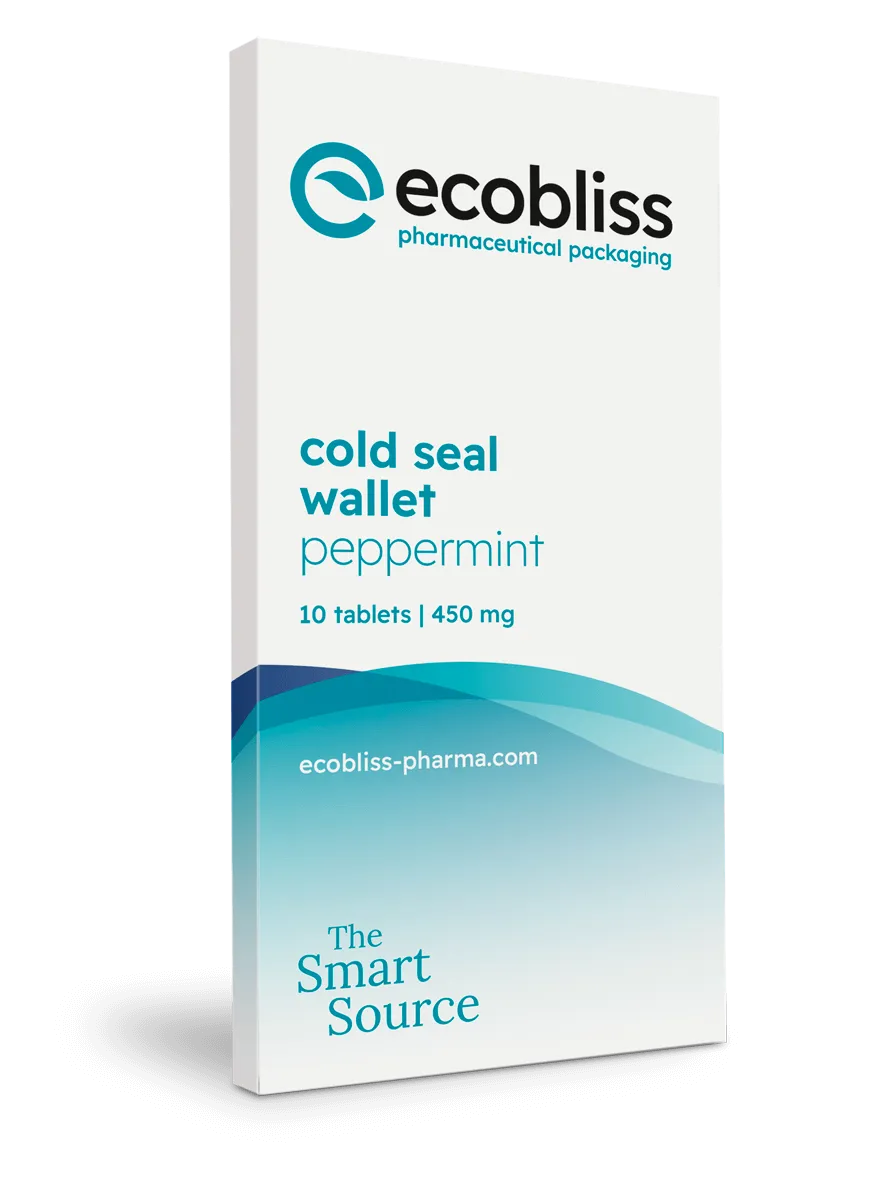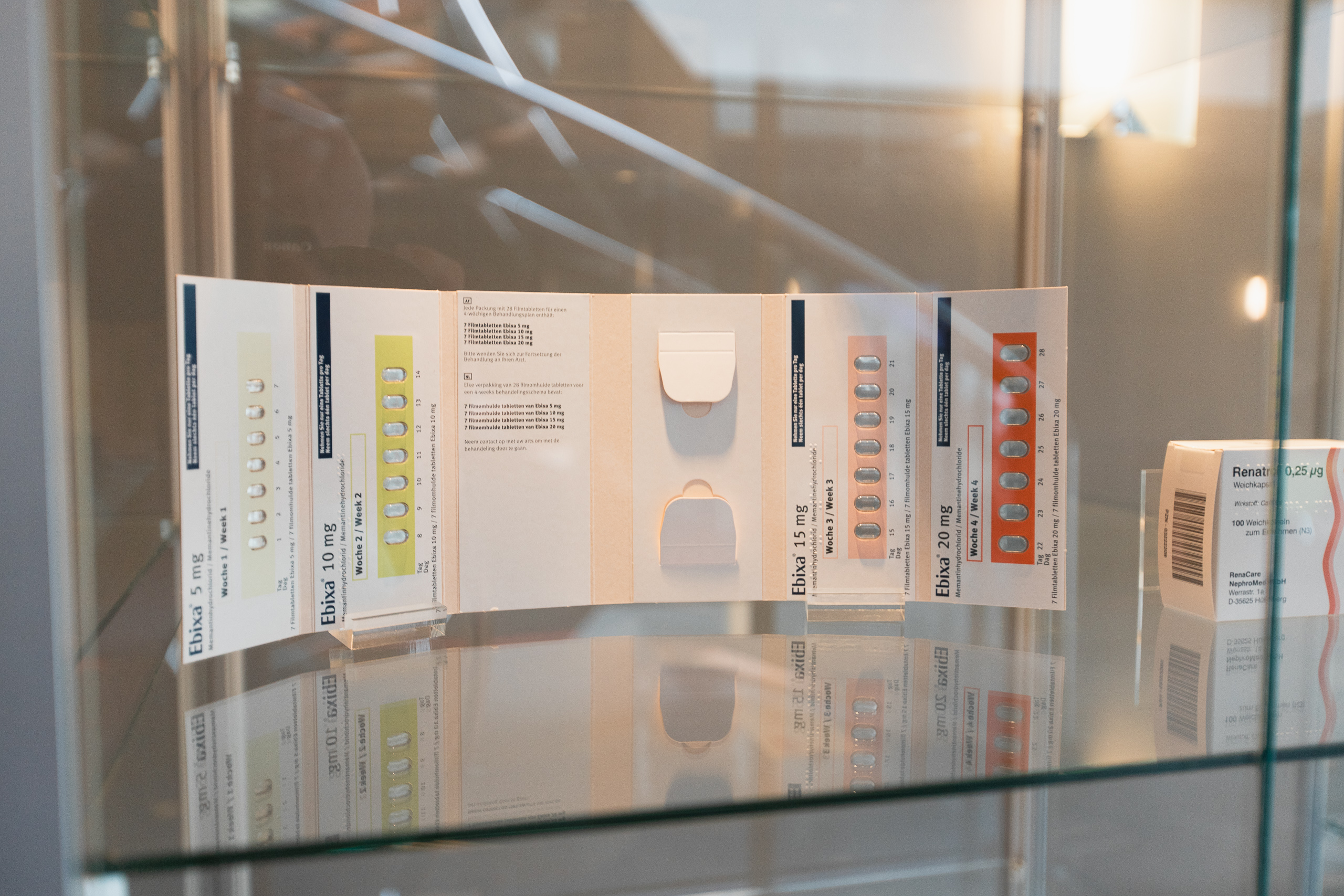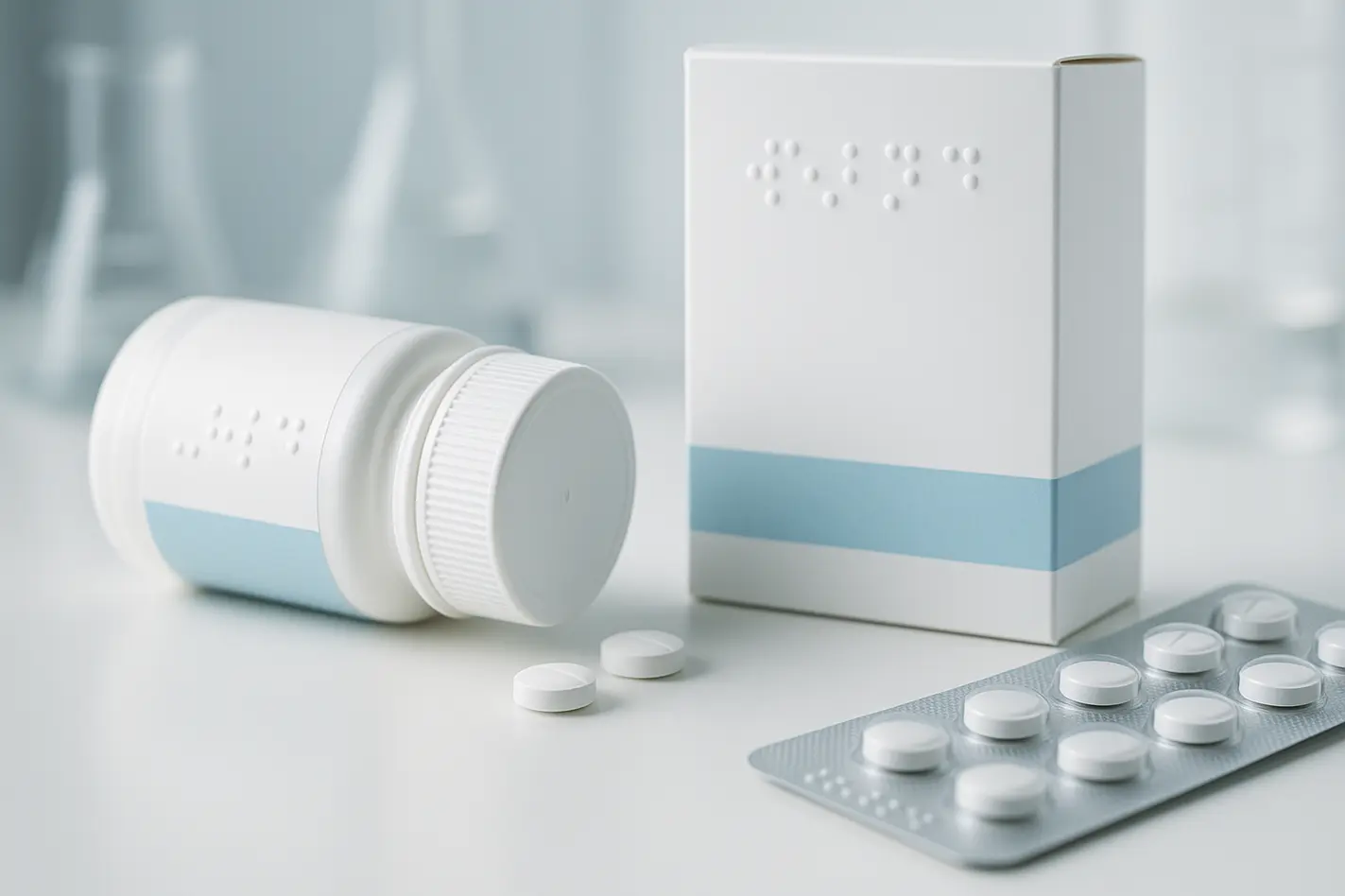Medicine packaging does three key jobs: it protects the drug, supports safe use, and connects all parts of the supply chain. From the moment a drug leaves the factory to the time a patient opens the pack, each layer of packaging plays a role in safety, usability, and compliance. Choosing the right format helps reduce risk, improve patient experience, and speed up delivery to market.
• Medicine packaging includes primary, secondary, and tertiary layers, each with a clear function.
• Correct design helps prevent misuse, protects stability, and improves patient adherence.
• Pharmaceutical packaging must follow rules such as GMP, labeling, and often serialization.
• Choosing the right secondary format can support multiple strengths or titration schedules.
• Early packaging planning saves time and reduces confusion during production and launch.
What medicine packaging does
Protects the drug
Medicine must stay safe from damage during storage and transit. Packaging protects against moisture, oxygen, light, and mechanical shock. For example, cold-seal blister wallets keep heat-sensitive drugs stable. This helps preserve effectiveness from factory to patient.
Supports correct use
Pharmaceutical packaging guides users in taking medication safely. It shows the dose, timing, and route, especially for multi-step or titrated treatments. A clear layout and strong visual design reduce user errors and support correct use at home or in clinical settings.
Connects the supply chain
Drug packs must also support handling, storage, and tracking. Labels with batch numbers or barcodes help trace items. Serialization, where used, allows units to be scanned and tracked, which supports recalls and reduces counterfeit risks.
The three layers of medicine packaging
Primary layer: in contact with the drug
This layer directly touches the medicine. Common formats include blister cavities, bottles with caps, or prefilled syringes. This layer must be sterile if needed, stable, and approved by regulators. The drug manufacturer or marketing authorization holder (MAH) is responsible for this part.
Secondary layer: grouping and information
This layer surrounds the primary container. It helps organize, separate, and label the doses. It may include cartons, cold-seal wallets, or fold-out leaflets. We focus on design features that improve patient understanding and follow GMP standards for handling and assembly.
Tertiary layer: transport and bulk safety
This outer layer protects products in bulk. It includes large cartons, shipping trays, and pallet wraps. It must withstand stacking and movement during transport. Strong outer packaging reduces damage and keeps inner packs organized.
Medicine packaging rules and controls
Compliance with regulations
Each packaging type must follow local and international rules. Sites handling packaging must meet Good Manufacturing Practice (GMP). In many regions, secondary packs need unique serialized codes to support safety and prevent tampering. Labels should be readable, correct, and placed in the right position. Requirements vary by market. Updated guidelines are available through agencies like the European Medicines Agency.
Team roles and responsibilities
The MAH is responsible for the safety and legal approval of packaging. As a secondary packaging partner, we handle layout, labeling, and documentation according to your specs. We meet GMP standards and help manage packaging changes and serialization handoffs. Details can be found here: full-service secondary contract packaging.
What can go wrong with drug packaging
Poor packaging design may cause damage or result in confusion. Moisture or sunlight can reduce stability. Broken units from weak outer layers create waste. Packs without tracers may allow expired or counterfeit products into the supply chain. Overcomplicated layouts can lead to patient misuse. Avoiding these outcomes starts with proper preparation and clear format selection.
Medicine packaging that supports use and adherence
Help patients take the drug as planned
Usable packaging supports daily routines. Simple opening, bold text, and strong visual instructions help users follow dosing schedules, especially when regimens vary by day. This becomes more important when medicines come in multiple strengths or require titration over time.
Design features that guide the user
We work with formats that reduce error and support safe habits. For example, wallets with cold-seal blisters can show a calendar layout or group doses by color. We design with your serialization data and primary specs to make sure the workflow fits your drug and labeling needs.
Medicine packaging that balances child safety and access
Child-resistant packaging is often required by law or risk assessment. However, it must also stay accessible for seniors or people with impaired dexterity. We develop approaches that prevent opening with small hands but stay simple for trained adults. This balance supports true product safety during home use.
Medicine packaging that supports sustainability
Drug packaging today must limit waste without harming protection. We help reduce material layers, use recyclable components, and lower weight where possible. Cold-seal packaging also supports eco goals because it uses no heat or solvents. The format still provides barrier control and traceability during audits or inspections.
Serialization and how it shapes design
Serialization assigns each pack a unique ID. This ID must be printed and scanned correctly at key points. That affects the size and layout of the carton, the surface texture, and even storage orientation. We place scan zones in clean areas and reserve space for human-readable print and 2D codes. All this must line up with your data flow and documentation needs.
Smart secondary packaging for complex programs
How it speeds up delivery
Simple, flexible secondary packaging formats reduce line setup time. Working with fewer parts allows quicker changeovers and batch releases. This matters when strength updates or SKU splitting happens late in production. A good format also helps scale up after approval without major rework.
Example: the 4-in-1 mini pack
We supported a product that needed 4 separate SKUs from one bulk unit. The smart wallet layout allowed clear labels, traced codes, and strong packaging in a reduced footprint. Each patient got the right strength and instructions. See how it works in our 4-in-1 case study.
What we handle in the packaging process
We work across the full secondary packaging process. This includes GMP assembly, labeling control, wallet filling, and tamper-evident sealing. Our solutions range from cold-seal formats to senior-friendly wallets. We track batches, handle serialization, and control changes.
Need help with your packaging program?
If your program has multiple strengths, changing schedules, or tight timelines, early packaging planning can reduce bottlenecks. We offer a practical tool to review requirements, risks, and lead times. You can explore secondary packaging options and see what solution fits best.
FAQ
What is secondary pharmaceutical packaging?
It is the layer that holds the primary container, such as a blister or bottle. It includes labels, cartons, or wallets and supports patient use, branding, and traceability.
Why is serialization important in medicine packaging?
Serialization gives every unit a unique code. This helps trace the pack through the supply chain and prevent counterfeits or errors in distribution.
How can packaging support medication adherence?
Formats with clear layouts, color coding, or daily dose instructions help users follow treatment correctly. This reduces missed or mistaken doses.
Can packaging be both child-resistant and senior-friendly?
Yes. Some designs include safety features children cannot open, but use movements or tabs that remain easy for older adults. We specialize in safe, accessible formats.
When should we start designing packaging for a new medicine?
It is best to start early, especially for complex products. This helps avoid delays, fit serialization, and plan production lines or artwork changes in time.
Request a free sample now!









